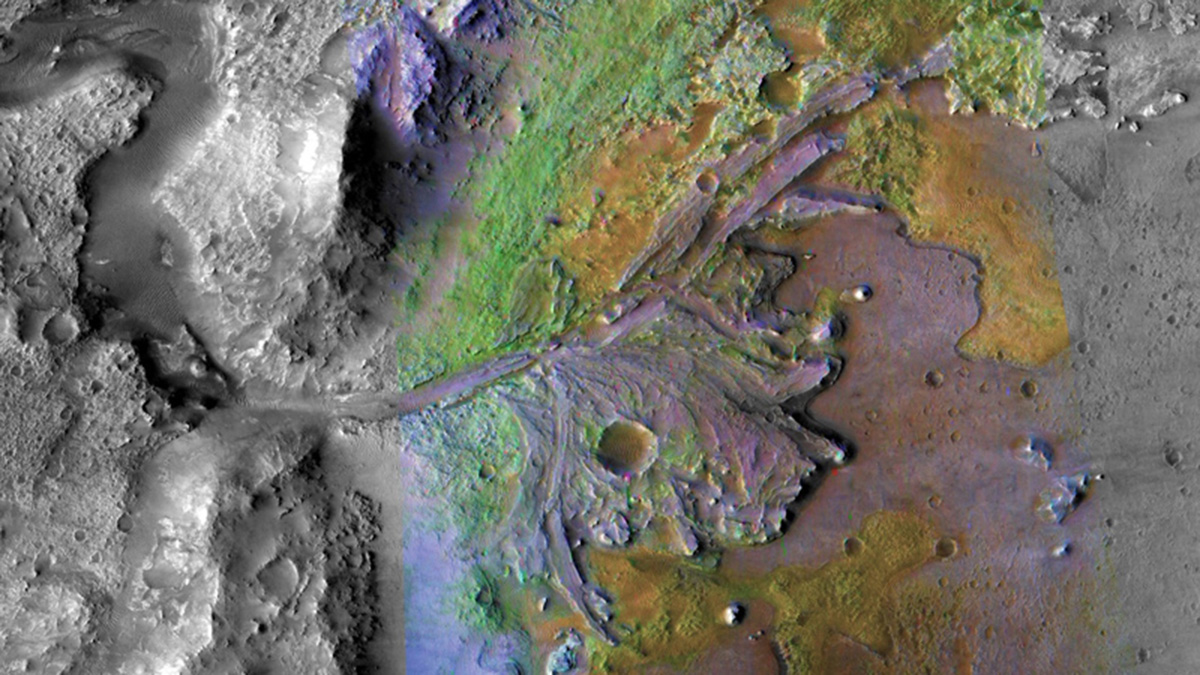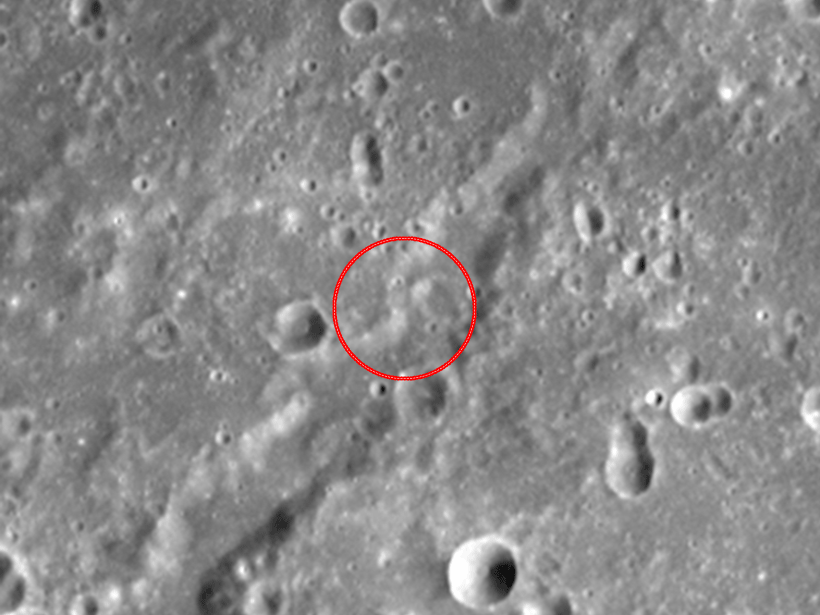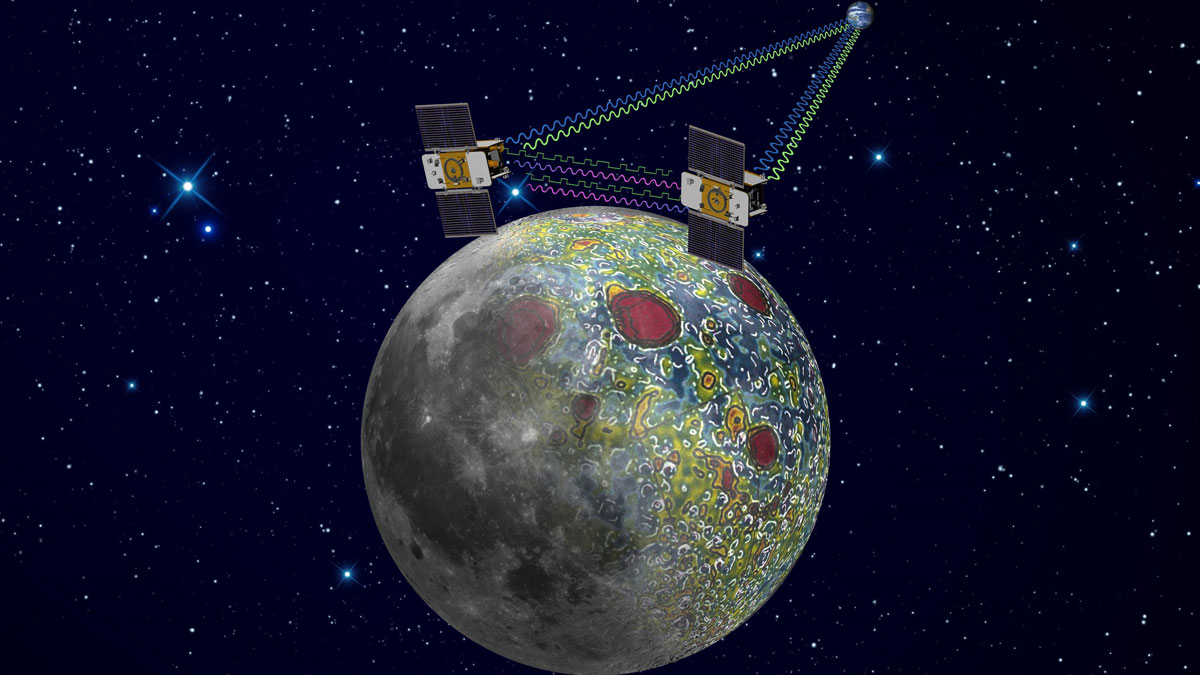The most volcanically active body in the solar system may have an impact crater, a discovery spotted by a curious nonprofessional scientist.
craters
Meteor Impact Site Holds 200-Million-Year-Old Atmospheric Snapshot
Minerals formed in short-lived hydrothermal systems set off by a meteor impact in France preserved information about noble gases in the ancient atmosphere.
Decrypting Lunar Craters Quickly and Easily
Machine learning can reveal the stories written in the marks on the Moon.
Asteroid Impacts Could Have Warmed Ancient Mars
Hydrogen released during large impacts might have boosted Mars’s surface temperature above freezing for thousands or even millions of years, enabling liquid water to flow over the Red Planet.
Mercury Isn’t Alone in Orbit, and Scientists Don’t Know Why
A cloud of dust traces the innermost planet’s orbital path. By all accounts, it shouldn’t be there.
Dust on Mars? The Answer, My Friend, is Blowin’ in the Wind
The first flights of a helicopter on another planet are used to study dust lifting and mobilization in Jezero Crater, Mars.
MESSENGER Reveals a More Dynamic Mercury Surface
Image pairs indicate that 99% of the planet’s surface could be altered in the next 25 million years.
Impact Crater off the African Coast May Be Linked to Chicxulub
The underwater crater, spotted serendipitously in commercial observations of seafloor sediments, is believed to have formed at roughly the same time as the famous Cretaceous-Paleogene impact event.
The Shape of Pits on the Moon
Three-dimensional reconstructions enable virtual exploration of pits on the Moon.
Moon’s Porosity Changes Cratering History, Study Says
Gravity field measurements from decade-old lunar orbiter provide a proxy for counting craters.










